[FIX] Application is Damaged and Can’t be Used to Install macOS
If you have been using a Mac for a long time, you probably have a USB device that has a macOS installer stored in it. This can be very helpful when you wish to install Mac or even repair it in some cases. Mac comes with a built-in recovery partition but this is something that users still indulge in. The error message “Application is damaged and can’t be used to install macOS” shows up when you are using a USB drive or any other means to install macOS. If you are running an old installer, it is very likely that you will experience this error message.
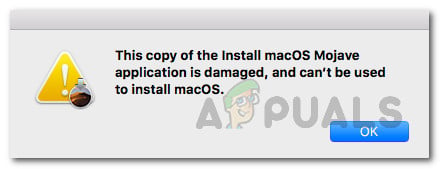
The reason why this error message actually pops up is pretty simple. Mac installers use certificates to decide whether an installer is new or old. Now, in the case of an old installer, the certificate expires and thus you are not able to use it. In such a case, the installer throws the said error message. Despite the macOS version, be it Mojave, High Sierra, or Sierra, this error will appear at one point or another nonetheless. This is not something new and, therefore, you do not have to worry. This can be easily be resolved via a few different methods that we will mention down below. With that said, let us get started.
Method 1: Change Mac’s Date
As it turns out, the reason why this error message appears is that the certificate for the installer has expired. This can be pretty easily fixed. In order to be able to use the installer, you will have to change your date to a time prior to the expiration of the certificate. To do this, you will have to make sure that your system is not connected to the internet. In case your device has access to the internet, it will be able to update its date and time servers and thus you won’t be able to elude the installer. Once you have changed the date on your Mac, the installer certificate will become valid and thus you won’t be able to see the error message.
With that said, follow the instructions below to change the date on your Mac:
- First of all, make sure your device has no active connection to the internet. This means disconnect any network cable, or even better, turn off the modem.
- Once you have done that, plug in your installation media and then restart your Mac.
- As the device is booting up, hold the Option button so that you are taken to the disk selection screen.
- Here, choose your USB device. Once you have done that, your Mac will boot to the macOS utility screen.
- Now, here you will have to open up a terminal. To do so, click on the Utilities option at the top and then from the drop-down menu, select the Terminal option.
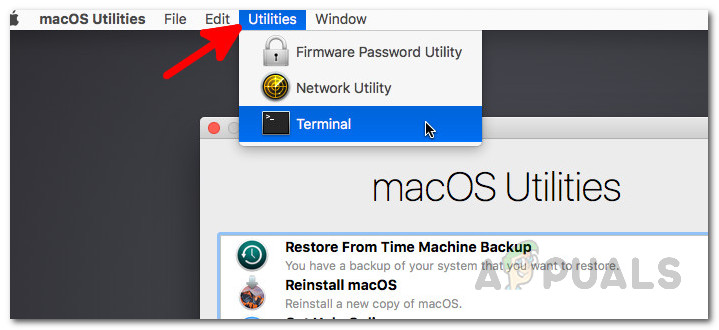
Accessing Terminal - Once the Terminal has launched, you can finally change the date. However, make sure that the date you change to is not before the version was released. To help with this, you can just navigate to the root directory by typing cd / and then typing the stat Install MacOS Mojave.app command. This will show you the date when the installer was downloaded. Change the date to a day before that.
- To change the date, enter the following command:
date [mm][dd][HH][MM][yyyy]
- For example, date 051817122015. There are no spaces.

Changing Date - Once you have done that, close the Terminal and try running the installer again to see if the issue has been resolved.
Method 2: Delete the Property List File
Another way that you can resolve the error is to delete the .plist file of the installer. PLIST files are essentially property list files that are used to store preferences of the said software. In this case, it contains the preferences of the installer. This file can be easily deleted but you will need the admin password in order to do so. Follow the instructions below to do so:
- First of all, open up your Applications folder in Finder.
- After that, find the installer and then right-click on it. From the drop-down menu, choose the Show Package Contents option.
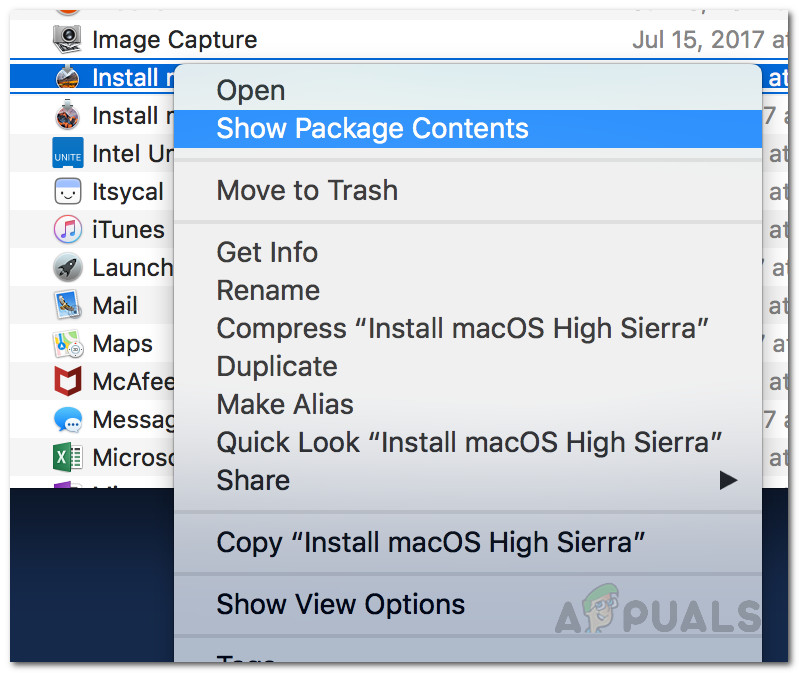
Accessing Package Contents - Once you have done that, go into the Contents folder and then open up the SharedSupport folder.
- Here, delete the InstallInfo.plist file.
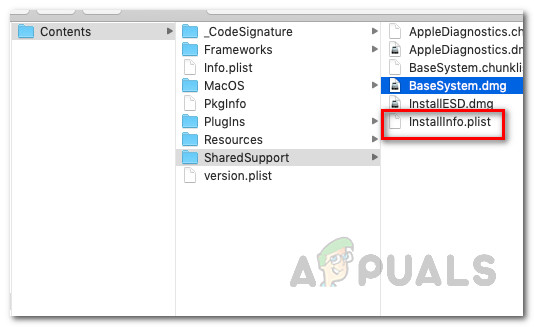
Installer Package Contents - When asked, provide your administrator password.
- After that, run the installer to see if the issue persists.
Method 3: Reset SMC
SMC or System Management Controller is a subsystem that is used to control the different functions of your Mac device. This includes sleep and wake mode, and much more. Resetting SMC can often fix various common issues with your Mac and it has reportedly fixed this issue for other users as well.
Resetting SMC can differ a little depending on your Mac model. We’ll go through all of them.
Macs without Removal Battery
- If you have a Mac without a removal battery, first of all, power off the device.
- Once you have done that, plug in the power cord.
- Then, press the Control + Shift + Option + Power keys for around 5 seconds and then let go.
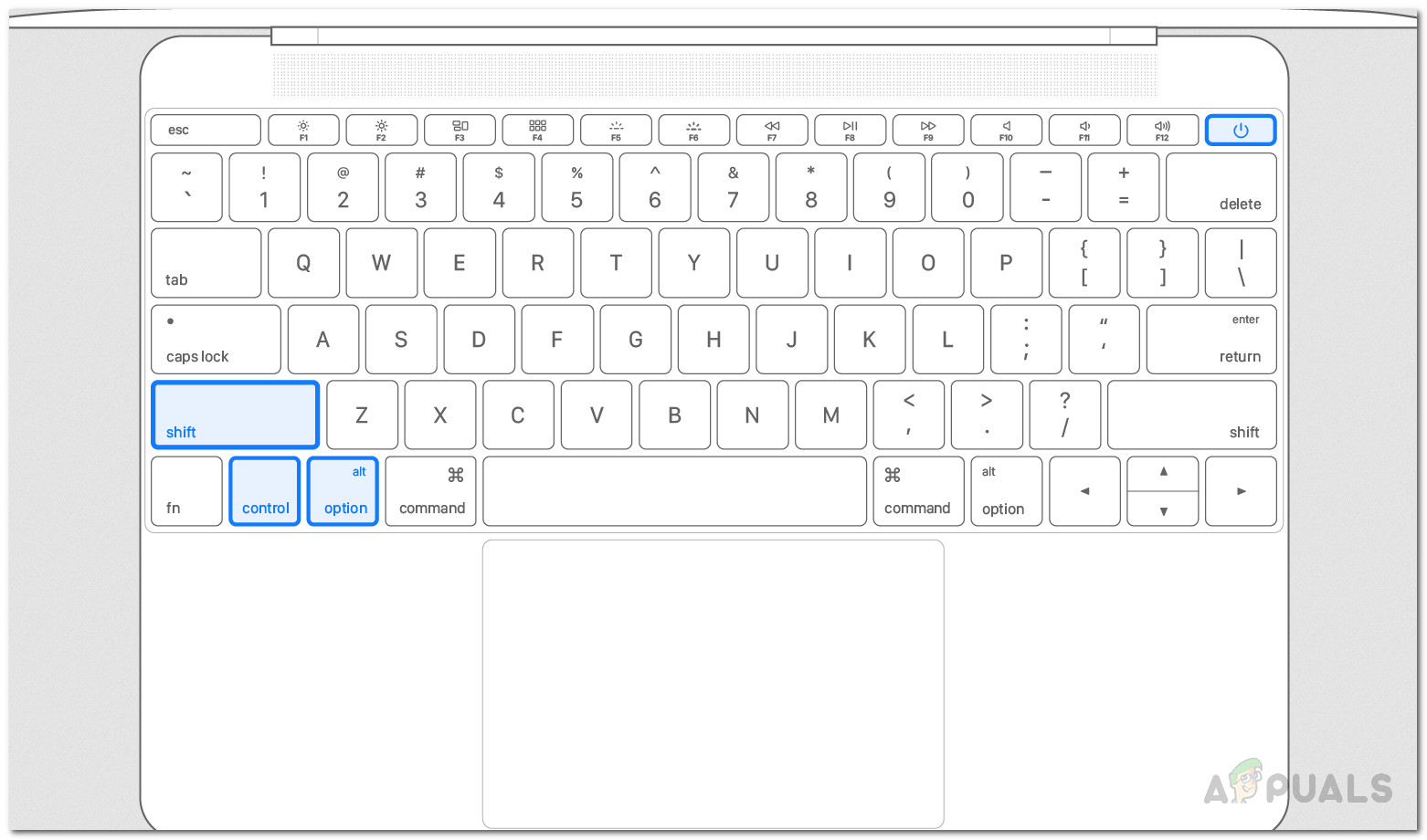
Resetting SMC - After you have done that, you can boot your Mac normally.
Macs with Removal Battery
- For Macs with removal battery, you will have to power it off and then remove the battery from the back of the device.
- After that, you will have to disconnect the power cable as well. After disconnecting the power cable, hold down the Power button for around 5 seconds or more.
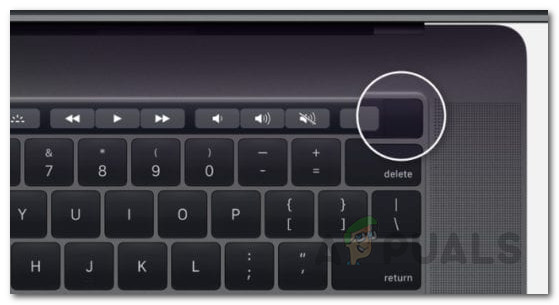
Mac Power Button - Then, connect the battery again and power on the Mac.
Mac Mini, iMac, and Mac Pro
- As apparent, power off your Mac device and then unplug the power cord as well.
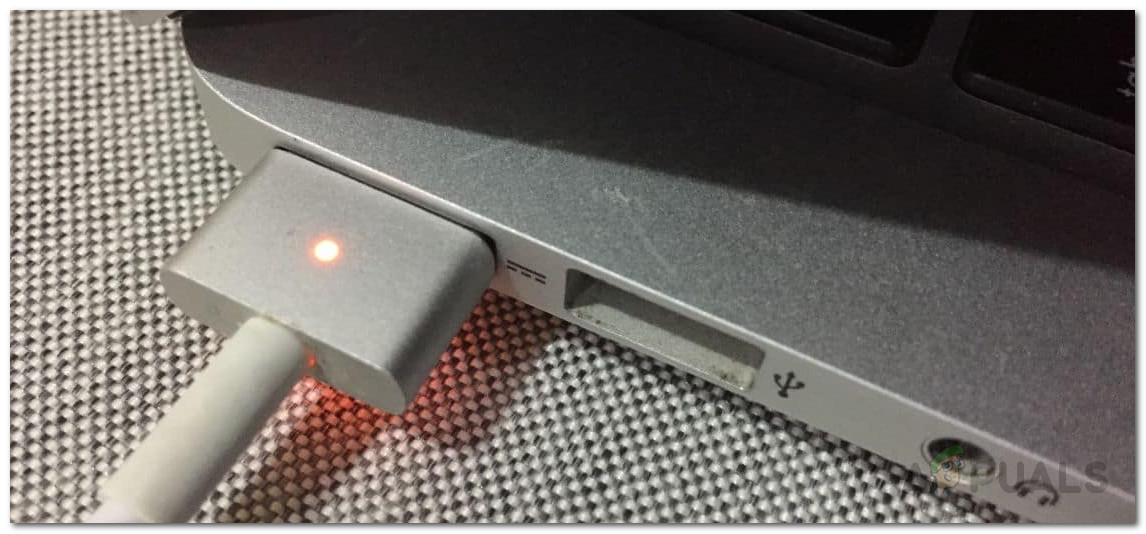
Power Cord - Once unplugged, you will have to wait for around 15 seconds or so.
- Now, connect the power cord again and then wait for an additional 5 seconds.
- After this, you can turn on your Mac to see if the issue is resolved.
Method 4: Delete the Installer
If none of the above solutions have worked out for you, then in such a scenario, you will have to download the installer and perform a fresh download from the App Store or the website. The newly downloaded installer will not have a certificate issue and thus you will be able to use it without any issues. To delete the installer, do the following:
- Open up the Finder and then navigate to where the installer is.
- Right-click on the Installer and then choose Move to Trash.
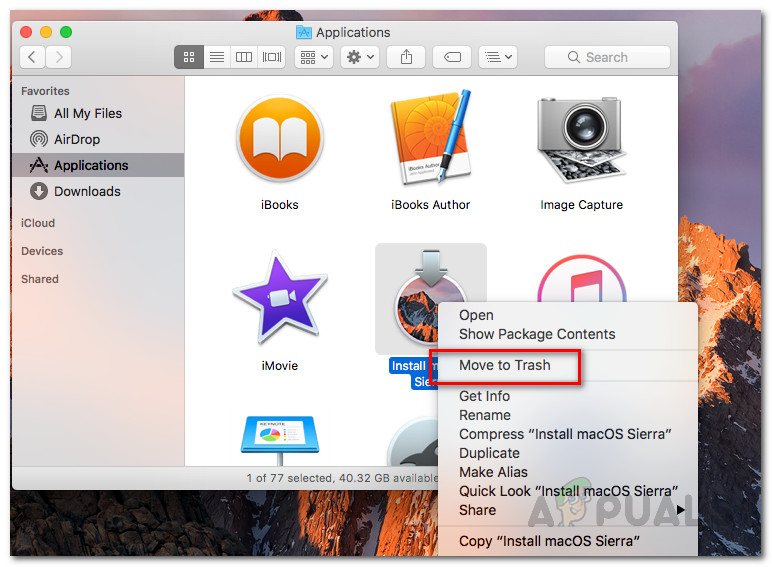
Trashing Installer - After that, make sure that you have deleted the installer from Trash as well.
- With that done, go ahead and download the installer again.
- That will resolve your issue.





